Black History Month: 6 Degrees of Connections
From past to present, learn how these innovative doctors and scientists are all connected.
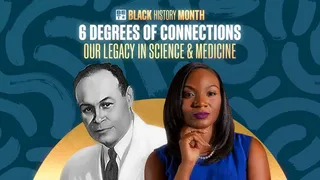
1 / 11
Each week, BET.com will honor several notable African Americans who have invested ways to provide healthcare to life saving vaccines to further the medical profession in lifesaving ways. This week, we celebrate our history of innovative doctors and scientists.
Photo By Getty Images - Words by Denise Clay-Murray
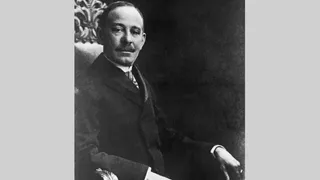
2 / 11
A former barber from Pennsylvania, Dr. Daniel Hale Williams became one of the first surgeons in America to perform open heart surgery in 1893. Because Black doctors and nurses couldn’t get staff jobs at the mostly white hospitals of the time, he created the Provident Hospital and Training School for Nurses in 1891, the first hospital in the nation with a nursing internship program that also had an interracial staff. Hale Williams later went on to co-create the National Medical Association, and a charter member of the American College of Surgeons.
Photo By Getty Images

3 / 11
When Dr. Hale Williams performed his open-heart surgery, he didn’t have the benefit of blood transfusion or stored, donated blood to help him. The next medical pioneer on our list solved that problem…and he did it at a place where Hale Williams served as chief surgeon, Freedmen’s, now Howard University Hospital in Washington, D.C.
Photo By Getty Images

4 / 11
Recognized as the Father of the Modern Blood Bank, Dr. Charles Drew began his work in blood preservation while working as a pathology instructor at Howard University’s School of Medicine. He later became a Rockefeller fellow in advanced surgical training at New York Presbyterian Hospital and went on to develop a long-term plasma storage program which was first utilized during World War II.
Photo By (Photo by Betsy Graves Reyneau/Three Lions/Hulton Archive/Getty Images)

5 / 11
Dr. Drew was the first director of the Red Cross’s blood bank but left in protest when the organization decided to separate donated blood by race. He died in a car accident at the age of 47. Among the initiatives created by the Red Cross’s blood banks is one designed to get more Black people to become blood donors. The idea behind this program, called “Joined By Blood”, is to help people battling Sickle Cell anemia get the donated blood they need to survive.
Photo By (Photo by SSPL/Getty Images)
ADVERTISEMENT

6 / 11
Dr. Marilyn Hughes Gaston became interested in Sickle Cell anemia when she was an intern at the former Philadelphia General Hospital. Her research into the disease led to the practice of nationwide screening in newborns. Dr. Gaston served as Deputy Branch Chief of the National Institutes of Health’s Sickle Cell Disease Branch. In 1990, she became the first Black woman appointed director of the Health Resources and Services Administration’s Bureau of Primary Health Care.
Photo By Getty Images
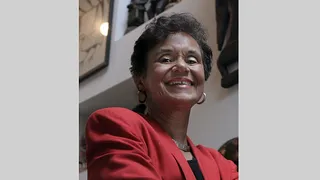
7 / 11
Dr. Gaston was also the second Black woman to serve as assistant surgeon general and earned the rank of rear admiral in the U.S. Public Health Service. The U.S. Public Health Service and the part it plays in the lives of children played a big part in the life of the next person on the list because at one time, she was the person in charge of the organization.
Photo By (Photo by Jahi Chikwendiu/The The Washington Post via Getty Images)
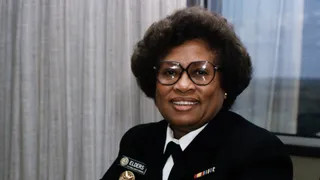
8 / 11
Although she didn’t stay in the position long, Dr. Joycelyn Elders made a gigantic impact as a forceful advocate, especially for women and children. Dr. Elders was appointed the nation’s first Black doctor and second woman to be Surgeon General of the United States in 1993.
Photo By Public Domain
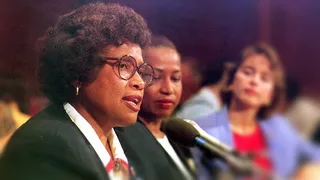
9 / 11
After leaving the Surgeon General’s office, Dr. Elders returned to the University of Arkansas as a faculty researcher and professor of pediatric endocrinology at the Arkansas Children’s Hospital. She also served as head of the Arkansas Department of Health and successfully lobbied the Arkansas legislature to add sex education, substance abuse prevention and self-esteem programs to the state’s curriculum. Dr. Elders was also instrumental in expanding the state’s prenatal health care program.
Photo By (Photo credit should read KORT DUCE/AFP via Getty Images)

10 / 11
The COVID-19 vaccine may be considered controversial by some, but among the people who created it was a Black woman who could eventually also be responsible for a universal vaccine to fight influenza. Dr. Kizzmekia Corbett is currently an assistant professor of immunology and infectious diseases at Harvard University’s T.H. Chan School of Public Health. But what she is best known for is being the lead researcher for the group that created the backbone of what became Moderna’s COVID-19 vaccine while a fellow at the National Institutes of Health.
Photo By (Photo by SAUL LOEB / AFP) (Photo by SAUL LOEB/AFP via Getty Images)
